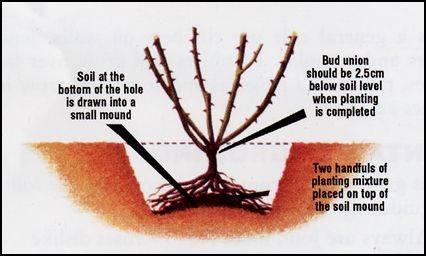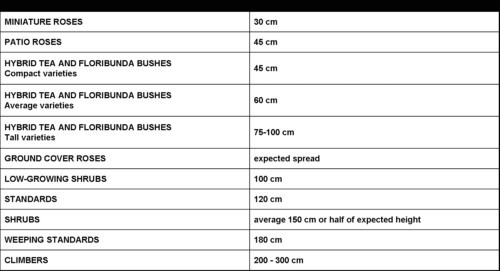Next Day Delivery Available - order before 12:00 midday. For more delivery information Click Here
menu
Menu
search
Search


- Shopexpand_morekeyboard_double_arrow_down
- Shop By Type Of Rose
- keyboard_double_arrow_rightBush Roses
- keyboard_double_arrow_rightClimbing Roses
- keyboard_double_arrow_rightShrub Roses
- keyboard_double_arrow_rightPatio Roses
- keyboard_double_arrow_rightHybrid Tea Roses
- keyboard_double_arrow_rightGround Cover Roses
- keyboard_double_arrow_rightPollinator Roses
- Shop By Colour
- keyboard_double_arrow_rightPink Roses
- keyboard_double_arrow_rightWhite Roses
- keyboard_double_arrow_rightYellow Roses
- keyboard_double_arrow_rightRed Roses
- keyboard_double_arrow_rightApricot and Orange Roses
- keyboard_double_arrow_rightPurple Roses
- keyboard_double_arrow_rightBi-Colour Roses
- Gift Roses & Plants
- keyboard_double_arrow_rightBirthday Roses
- keyboard_double_arrow_rightAnniversary Rose
- keyboard_double_arrow_rightNamed Roses
- keyboard_double_arrow_rightPersonalise Your Own Rose
- keyboard_double_arrow_rightCongratulations
- keyboard_double_arrow_rightValentine's Day
- keyboard_double_arrow_rightMother's Day
- keyboard_double_arrow_rightMemorial Rose
- keyboard_double_arrow_rightChristmas
- keyboard_double_arrow_rightOccasions
- keyboard_double_arrow_rightFather's Day Roses
- keyboard_double_arrow_rightRomantic Roses
- keyboard_double_arrow_rightThank You Roses
- keyboard_double_arrow_rightRetirement
- Harkness History
- Advice expand_morekeyboard_double_arrow_down
Lifetime Guarantee On All Roses
Growing British Roses For Over 140 Years
Chelsea Flower Show Award Winning Roses




